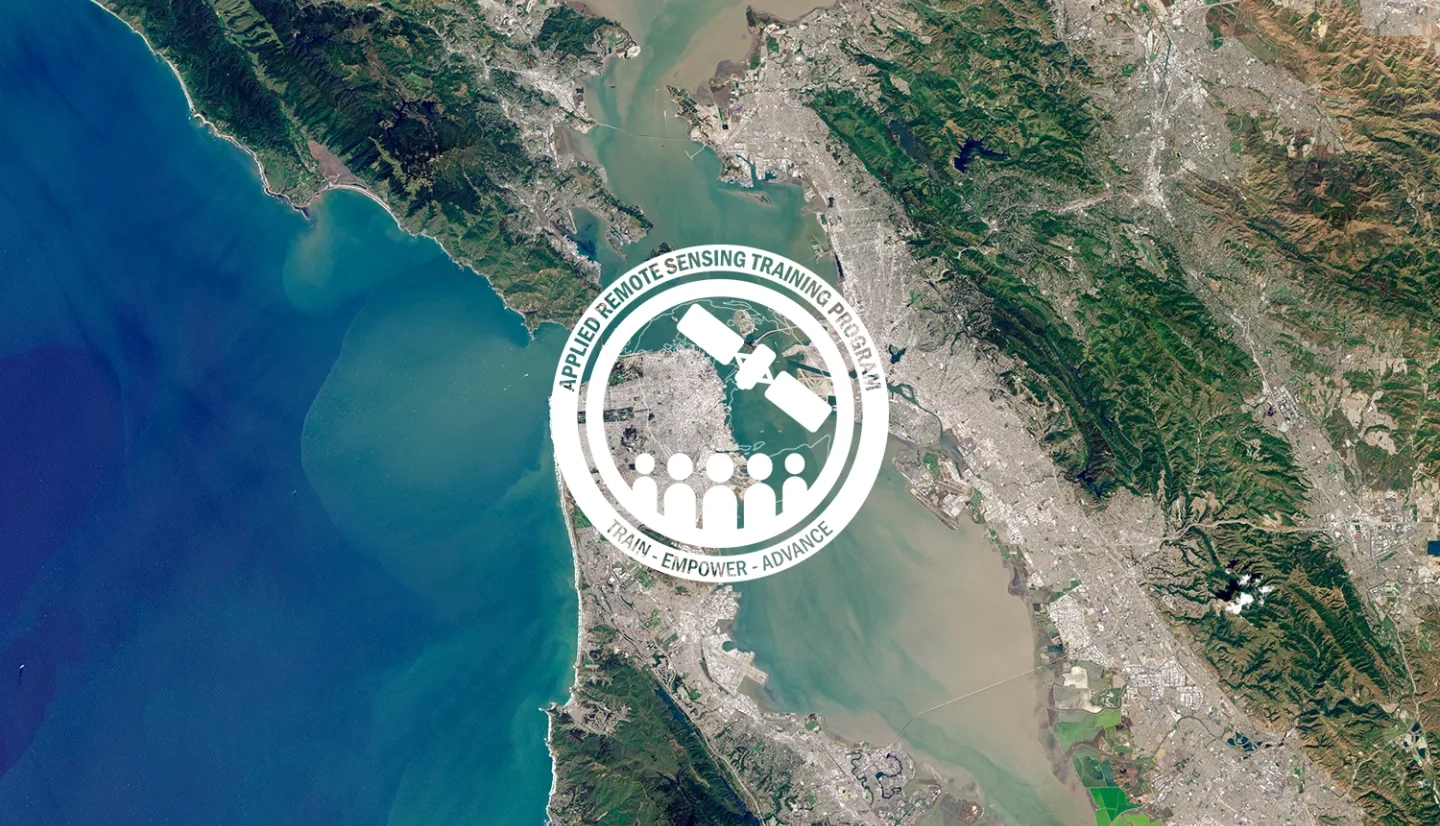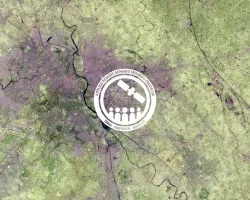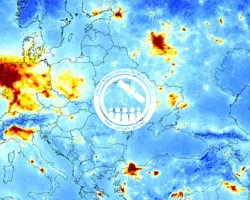Description
Citizen science projects provide the opportunity for community member volunteers to monitor the Earth. These projects have dramatically increased in the last decade and can provide great benefits to projects that combine Earth Observations with ground-based information in the fields of climate change, sustainable development, ecosystem monitoring and characterization, drought, and land cover or land-use change.
This training will provide attendees an overview of citizen science efforts that use Earth Observations, and how to engage with community members in a supportive and meaningful manner to achieve project goals. Attendees will also be provided with case-study examples of successful citizen science projects, with some examples from NASA supported projects and activities. We will highlight projects like NeMO-Net, a global coral reef classification with 2D and 3D images application combined with machine learning; Floating Forests, a Giant Kelp monitoring platform where participants can classify kelp in Landsat images; Snapshot Wisconsin, a project that uses images of wildlife from trail cameras to assist with habitat mapping; and Soundscapes to Landscapes, where bird diversity in California is monitored by identifying specific species through sound recordings. We will also highlight the Global Learning and Observations to Benefit the Environment (GLOBE) Program, an international science and education program, and GLOBE Observer, a citizen science app that allows volunteers in GLOBE countries to take observations and contribute to the community.
This training is also available in Spanish.
By the end of this training, attendees will be able to:
- Summarize applications of Earth Observations for citizen science
- Outline key aspects of citizen science projects including community engagement, quality assurance of data collection, cataloging and summarizing data, and effective communication of project results
- Discover case study examples of the use of Earth Observations for NASA Applied Sciences projects
Local, regional, state, federal, and non-governmental organizations involved in land management, conservation, biodiversity, and forest monitoring. Educators and scientists interested in involvement with citizen science would also be interested in this training topic.
- Three, 1.5-hour sessions
Trainers: Juan L. Torres-Pérez, Amber McCullum, Britnay Beaudry
- Overview of Citizen Science
- Motivations, Ethics, and Policies
- Data Management
- Tools and Platforms
- Overview of NASA's Citizen Science Program
Materials:
Trainers: Juan L. Torres-Pérez, Amber McCullum, Britnay Beaudry
- Coastal/Oceans Case Study Examples:
- Floating Forests
- FjordPhyto
- Lake Observations by Citizen Scientists and Satellites (LOCSS)
- NeMO-Net
Materials:
Trainers: Juan L. Torres-Pérez, Amber McCullum, Britnay Beaudry
Guest Speakers: Russanne Low (Institute for Global Environmental Strategies, Arlington; Science Lead, NASA GLOBE Observer Mosquito Habitat Mapper), Peder Nelson (Oregon State University; Science Lead, NASA GLOBE Observer Land Cover)
- Land Case Study Examples:
- Snapshot Wisconsin
- Soundscapes to Landscapes
- GLOBE Observer Mosquito Habitat Mapper and Land Cover Tools
- Citizen Science Supporting Community Health and Sustainability
- Fresh Eyes on Ice and Arctic and Earth SIGNs
Materials:
- Presentation Slides
- Q&A Transcript
- Homework (due February 14)



